How Many Hits Of Cart To Get High

The question hangs heavy in the air, particularly among young adults and those new to cannabis: how many hits of a vape cart does it take to get high? The answer, frustratingly, isn't simple, with variables ranging from individual tolerance to the potency of the cartridge itself.
Navigating the world of cannabis concentrates, specifically vape cartridges (carts), requires a nuanced understanding that goes beyond simple dosage guidelines. This article aims to provide a comprehensive overview of the factors influencing the effects of vape cartridges, exploring the complexities of THC potency, individual physiology, and responsible consumption practices. It will delve into available data from reputable sources and offer insights from experts to help readers make informed decisions about their cannabis use.
Understanding the Variables at Play
The primary psychoactive compound in cannabis, THC, is the key determinant of a cart's potency. Cartridges typically list the percentage of THC on their packaging, often ranging from 60% to upwards of 90%. A higher percentage means a stronger dose per inhalation.
However, THC content alone doesn't dictate the experience. The pharmacokinetics, or how the body processes the THC, are crucial. This is where individual differences come into play.
Factors like body weight, metabolism, tolerance level, and even prior cannabis use significantly affect how a person responds to THC. Someone with a high tolerance, built up over time, will naturally require more THC to achieve the same effect as someone who is new to cannabis.
Metabolism also plays a role. Individuals with faster metabolisms may process THC more quickly, potentially requiring a slightly higher dose, or experiencing a shorter duration of effects. Furthermore, the method of inhalation can alter the outcome.
Different vape pens have varying heating elements and delivery methods. Some pens may produce denser vapor clouds, resulting in a larger dose of THC per puff, while others may be more subtle.
The "One Size Fits All" Myth
Due to the significant individual variation, there is no definitive answer to the "how many hits" question. Any numerical answer would be misleading. The best approach is to start with a very low dose and gradually increase until the desired effect is achieved.
This approach, often referred to as "start low and go slow," minimizes the risk of overconsumption and unpleasant side effects like anxiety or paranoia. Some experts recommend taking just one puff and waiting 10-15 minutes to assess the effects before taking another.
Responsible cannabis use always emphasizes understanding personal limits. The legal cannabis industry in many states requires labeling that includes potency information, but consumers should still exercise caution.
Dr. Alan Shackelford, a physician specializing in cannabis medicine, emphasizes the importance of patient education. "We need to empower individuals with accurate information so they can make informed decisions about their health and well-being," he states in a recent interview.
Data and Research: A Developing Field
Research into cannabis dosing, particularly regarding vaporized forms, is still relatively limited compared to other areas of medicine. While anecdotal evidence is abundant, large-scale, controlled studies are needed to provide more concrete guidelines.
Organizations like the National Institute on Drug Abuse (NIDA) are actively funding research into the effects of cannabis, including different methods of administration. However, results are often slow to emerge due to regulatory hurdles and the complexity of studying cannabis' effects on the human body.
Existing research often focuses on the long-term health effects of cannabis use or the potential therapeutic applications of cannabinoids, rather than pinpointing precise dosage recommendations for recreational use.
Despite these limitations, available data consistently highlight the variability in individual responses to cannabis. Studies have shown that even experienced users can have drastically different reactions to the same dose depending on the context and their current state of mind.
Beyond THC: The Entourage Effect
While THC is the primary psychoactive compound, other components in cannabis, such as cannabidiol (CBD) and terpenes, also contribute to the overall experience. This is often referred to as the "entourage effect."
CBD, a non-psychoactive cannabinoid, is believed to modulate the effects of THC, potentially reducing anxiety and other negative side effects. Terpenes, aromatic compounds found in cannabis and other plants, can also influence mood and cognitive function.
Different cannabis strains have varying profiles of cannabinoids and terpenes, resulting in a diverse range of effects. Some strains may be more energizing and uplifting, while others may be more relaxing and sedating. Understanding these differences can help users select cartridges that are more likely to produce the desired experience.
Legal and Safety Considerations
The legal status of cannabis varies widely across different jurisdictions. It's crucial to be aware of the laws in your area before consuming cannabis products.
Even in states where cannabis is legal, there are often regulations regarding potency, packaging, and distribution. Purchasing cannabis products from licensed dispensaries ensures that they have been tested for safety and potency, reducing the risk of contamination or mislabeling.
It's also important to be aware of the potential health risks associated with cannabis use, particularly for young people whose brains are still developing. Excessive cannabis use has been linked to cognitive impairment, mental health issues, and addiction.
Looking Ahead: Towards Personalized Dosing
The future of cannabis consumption may involve more personalized dosing strategies. Advances in technology could allow for more precise control over the amount of THC delivered with each inhalation. Wearable devices could even monitor physiological responses to cannabis in real-time, providing personalized feedback to users.
As research continues to expand our understanding of cannabis and its effects, healthcare providers may be able to offer more tailored recommendations for cannabis use, taking into account individual factors like genetics, metabolism, and medical history.
Until then, the best approach is to prioritize caution, start with a low dose, and pay close attention to your body's response. By understanding the variables at play and practicing responsible consumption, individuals can minimize the risks and maximize the potential benefits of cannabis use.



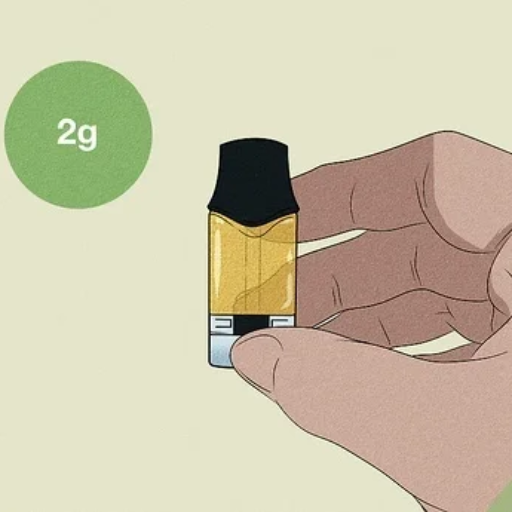
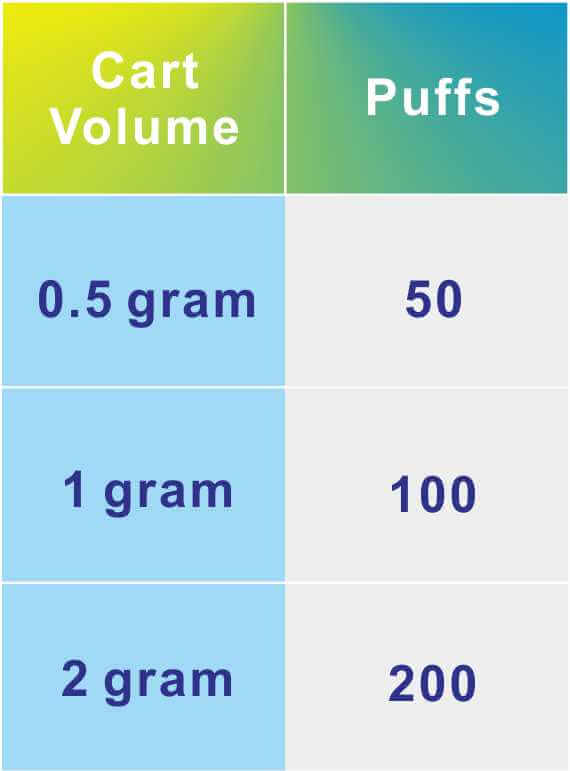
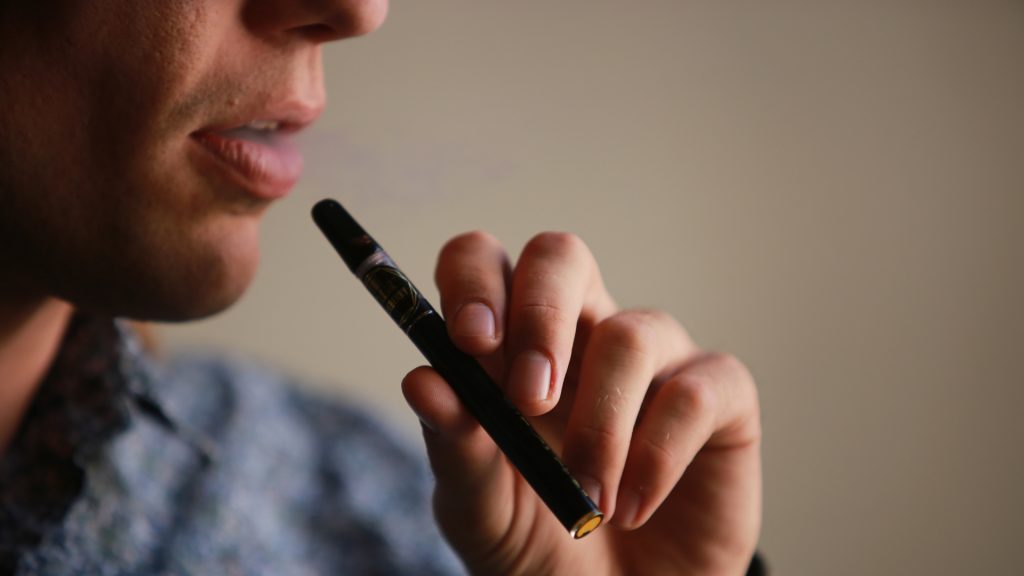




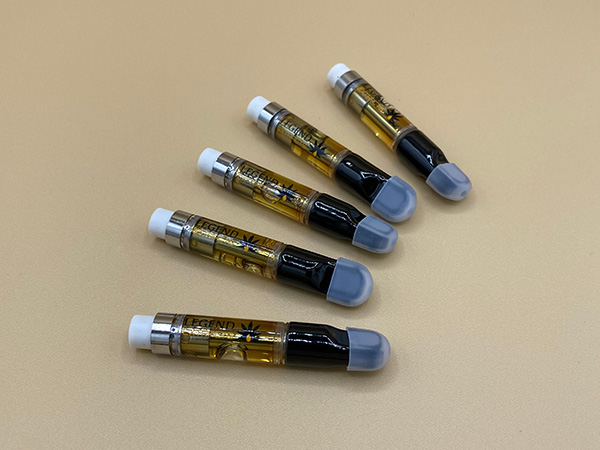



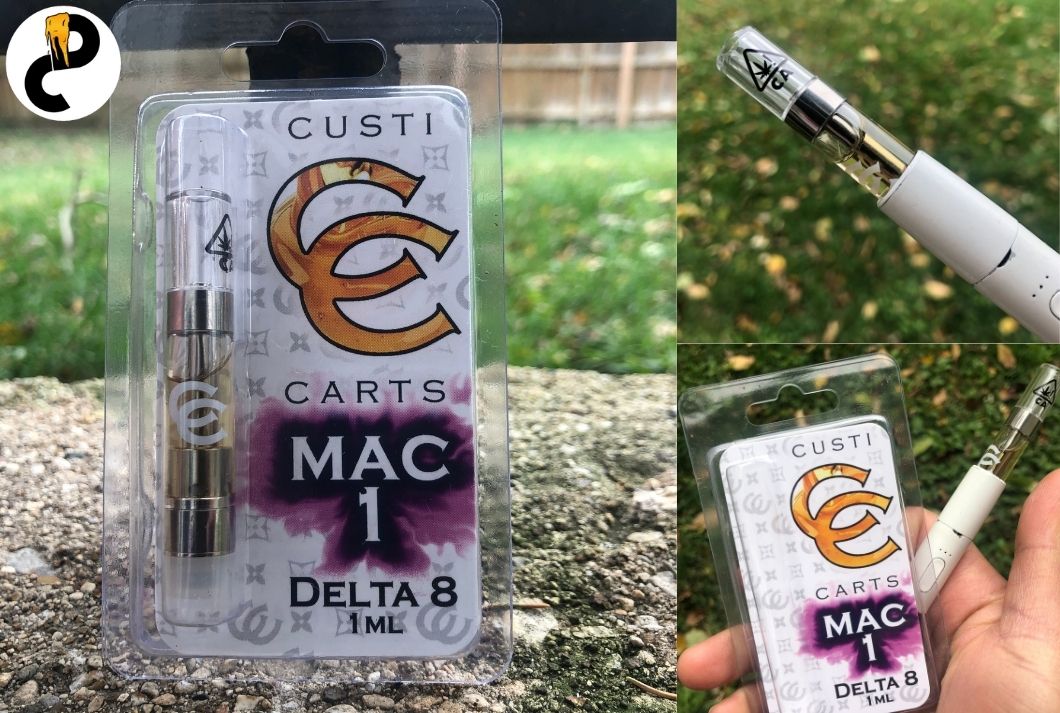
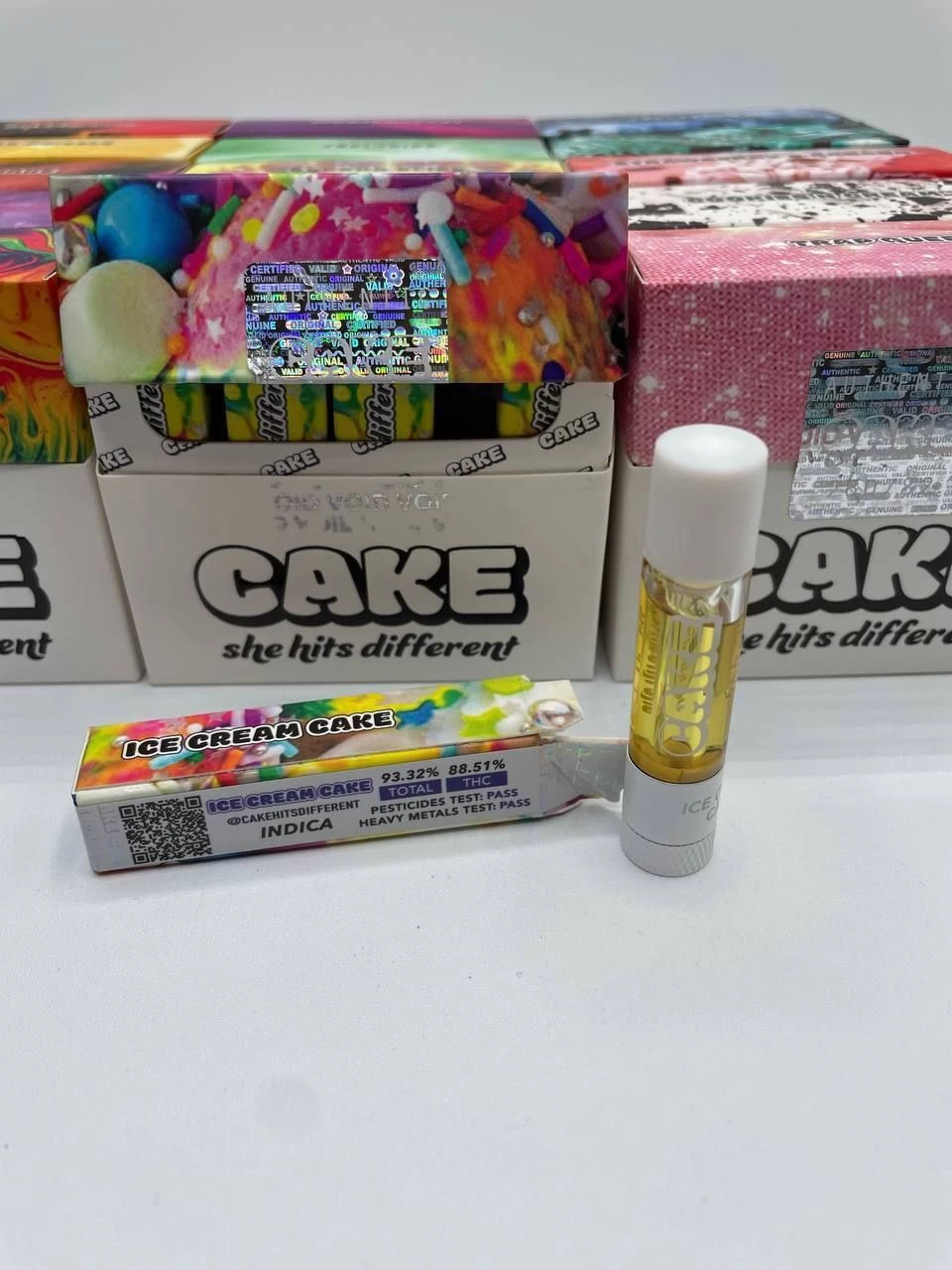

![How Many Hits Of Cart To Get High [LEVELZ] Super Lemon Haze - Red Light Distro](https://redlightdistro.com/wp-content/uploads/2023/10/superlemonhazew_cart.jpg)
